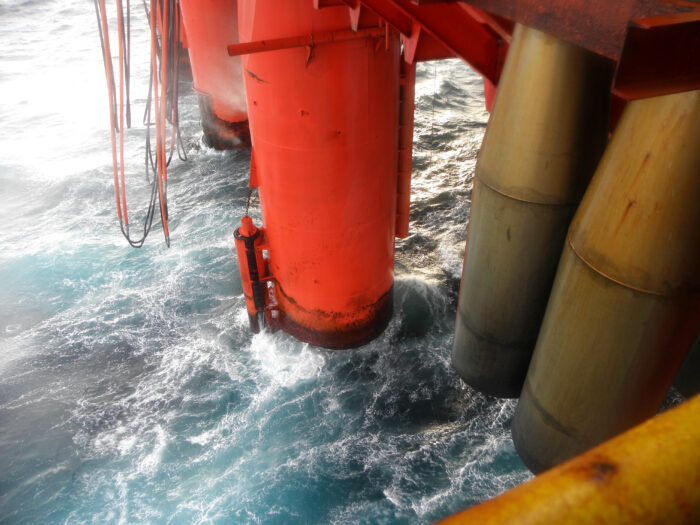Balancing increasing energy demand while lowering greenhouse gas (GHG) emissions is one of the greatest conundrums facing the industry today: global consumption is currently around 100 million B/D. Re-purposing oil and gas assets and skills for carbon storage and carbon use delivers instant effects in climate change emergency. Ageing production facilities and subsurface installations possess inherent qualities that make them well-suited for CO2 injection.
The oil and gas sector has been implementing CO2 injection for decades, and there is a well-established technological framework and understanding of the necessary requirements for storing substantial quantities. The key advantage we have is the presence of drilled wells and knowledge about what’s under the surface. This provides access to subsurface formations suitable for carbon storage thereby utilizing the subsurface storage capacity that already exists.
Repurposing of oil and gas assets may also offer a time and cost-effective and expedited solution compared to constructing entirely new storage sites.
Offshore facilities are designed with stringent safety protocols and regulatory compliance in mind. The expertise and experience developed in the offshore industry over years, such as reservoir engineering, well integrity management, and monitoring techniques, directly translate to the requirements of carbon storage operations. The existing knowledge combined with re-skilling of today’s petroleum engineers ensures that workforce and repurposed offshore facilities maintain the highest standards of safety and operational excellence.
Well control in CO2 injection wells
Nonetheless, comprehensive evaluations of well integrity and well control are imperative to ascertain the appropriateness of wells for CO2 injection purposes. Well integrity represents a critical facet of well evaluation that is occasionally underestimated.
Guaranteeing the integrity of well casings, cement barriers, and wellhead systems is paramount to forestall leaks or fluid migration.
Rigorous planning, routine inspections, testing, and maintenance are essential mitigation measures. The materials and design must demonstrate resilience against the corrosive properties of CO2 and endure operational conditions throughout the storage site’s lifespan.
Well control evaluation encompasses both existing injection wells and newly constructed ones. Regular assessments of well control measures, such as blowout contingency plans, pressure control systems, and emergency response protocols, should be conducted for existing injection wells.
For new wells, stringent well control requirements must be integrated from the design and construction phase to ensure the implementation of proper well control practices throughout their operational lifespan.
Safe CCS through well integrity
Evaluating the well integrity of CO2 injection wells to ascertain their capacity for safe workover operations constituted a fundamental aspect of the feasibility study we conducted for a large-scale CCS project in Australia. More than 7 million tonnes to date of CO2 have been injected and more than 100 million tonnes of CO2 is expected to be mitigated over the life of this CCS site.
The study aimed to assess the necessary conditions for conducting bullheading operations on the CO2 injection wells. Bullheading, which involves pumping fluid down the wellbore, is a crucial step during workover operations. This process is carried out before replacing equipment or setting plugs to reduce surface pressure to zero. Additionally, bullheading can be employed to restore a well barrier against reservoir pressure, serving as a preliminary step in a well kill operation before finalizing the kill by setting cement plugs.
Our team performed data evaluation, developed scenario definitions, and conducted shut-in simulations and assessments. Additionally, we executed bullheading down the tubing and offered recommendations, considering the sensitivity to potential failures of the gas lift valve dummy.




